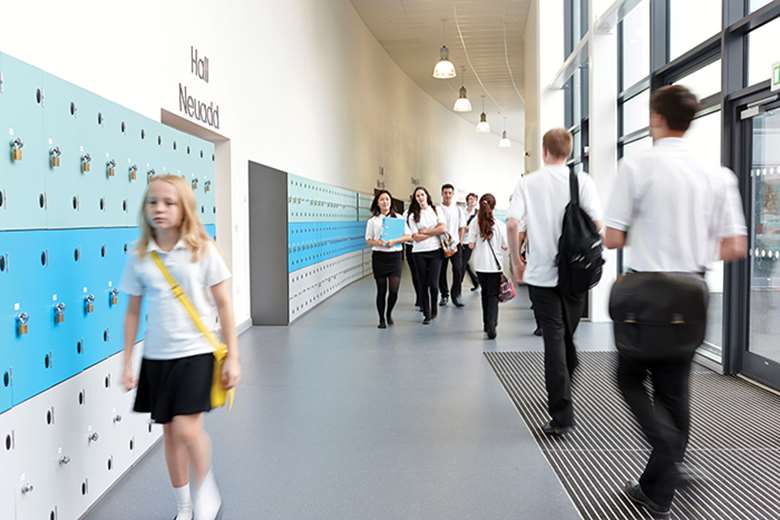How pupils cope better with risk
Emily Rogers
Tuesday, February 28, 2017
Programme improves 12- to 13-year-olds' health and wellbeing by helping them recognise risky situations and make positive decisions.

PROJECT
Risk-Avert
FUNDING
Essex County Council invests around £100,000 a year in Risk-Avert. The scheme costs authorities or schools outside Essex around £2,000 per school in the first year, for resources and training for up to 25 staff
BACKGROUND
Essex County Council was keen to find a school-based approach that really worked when it came to steering young people away from harmful behaviour such as drinking and taking drugs. There was little evidence of change from programmes that relied on "telling young people something was bad in the hope that they wouldn't do it", explains Ben Hughes, the council's head of commissioning for public health and wellbeing.
In 2013, the council commissioned specialist provider The Training Effect (TTE) to co-design and deliver a targeted programme, piloted in 10 secondary schools. Risk-Avert is now in 63 schools across seven authorities: Essex, Hertfordshire, Medway, Oxfordshire, Southend, Suffolk and Thurrock.
ACTION
Teachers invite year 8 pupils to participate in a screening survey, which involves TTE assessing risk in pupils' lives looking at factors such as feelings and attitudes, internet use, and "red flag" situations, such as substance use or police involvement. Teachers bring pupils together to discuss the findings. "Telling pupils ‘You thought most of your peers had tried cigarettes but 96 per cent have not' helps build positive social norms," explains TTE director Mark Bowles.
TTE identifies young people who could benefit from the programme, which consists of six hour-long teacher-led workshops for groups of eight to 12. Through discussion and activities, the workshops boost understanding of adolescent brain development, help participants develop critical thinking, and learn strategies to avoid or manage risks.
OUTCOME
An independent 2015/16 evaluation by researchers from Bath and Suffolk universities shows self-efficacy improved or remained high for 79 per cent of 59 Essex and Medway pupils. Mental wellbeing improved or remained high for 81 per cent and resilience improved or remained high for 78 per cent. Actual improvements in self-efficacy were seen for 56 per cent while 57 per cent saw improvements in mental wellbeing and 63 per cent saw improved resilience.




